The Evolution and Impact of Laser-Like Lipo | Kansas City Laser-Like Lipo®
The Evolution and Impact of Laser-Like Lipo | Kansas City Laser-Like Lipo®
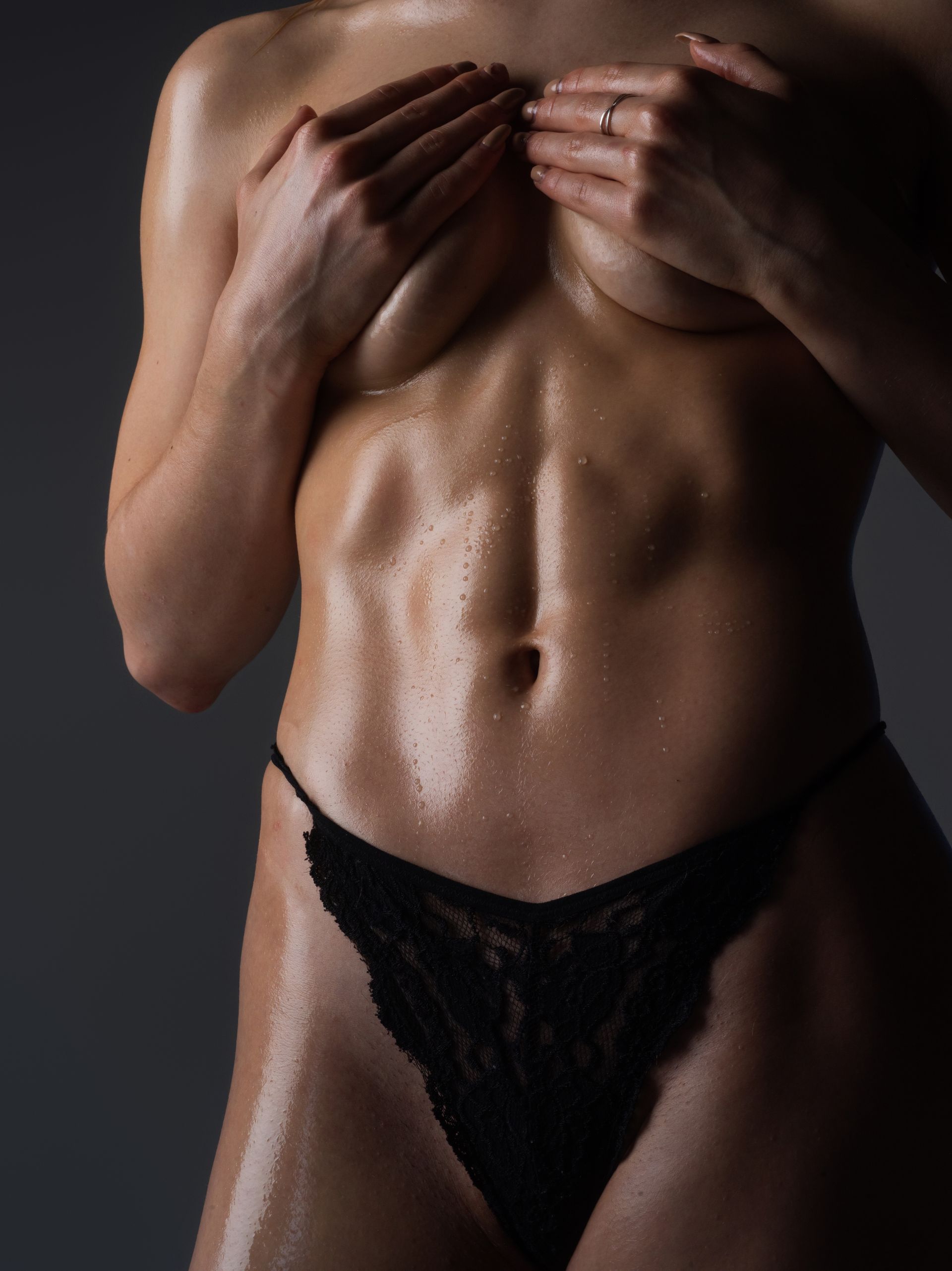
Photo Credit: Shutterstock
Low-level laser therapy (LLLT), also known as "laser-like lipo," has evolved significantly since its inception. Today, businesses like Kansas City Laser-Like Lipo® are making use of advanced LED technology to deliver safer and more effective treatments than ever before. This article delves into the historical journey of LLLT, its expanding uses, and the compelling scientific evidence backing its efficacy.
The Origins of Low-Level Laser Therapy
Low-level laser therapy's beginnings trace back to the late 1960s when Hungarian physician Endre Mester conducted experiments with lasers on mice. While attempting to replicate a study on cancer, Mester inadvertently discovered that low-power lasers could stimulate hair growth and wound healing. This serendipitous discovery marked the birth of LLLT.
In the subsequent years, research expanded into understanding the biophysical principles governing the interaction of low-level lasers with tissue. Scientists found that photons from lasers penetrate the skin and are absorbed by cells, leading to various positive cellular changes, such as increased ATP (energy) production.
Low-Level Laser Therapy for Non-Invasive Fat Loss
The leap from wound healing to fat loss might seem vast, but the underlying principle is relatively straightforward. By the early 2000s, researchers began studying how low-level lasers affected fat cells. They observed that when exposed to certain wavelengths, fat cells would release their stored content, leading to a decrease in their size. This process, dubbed as "laser-induced lipolysis," paved the way for LLLT's use in non-invasive fat loss treatments.
Kansas City Laser-Like Lipo® stands at the forefront of this technology, offering state-of-the-art treatments that harness the power of LLLT for body contouring, without the need for surgery or invasive procedures.
Research-Backed Effectiveness: The National Institutes of Health's Take
One cannot underscore the role of The National Institutes of Health (NIH) in endorsing and providing a solid scientific foundation for LLLT. Numerous peer-reviewed studies and clinical trials indexed in the NIH's database have testified to the efficacy of LLLT, not just for fat loss, but for a myriad of other applications.
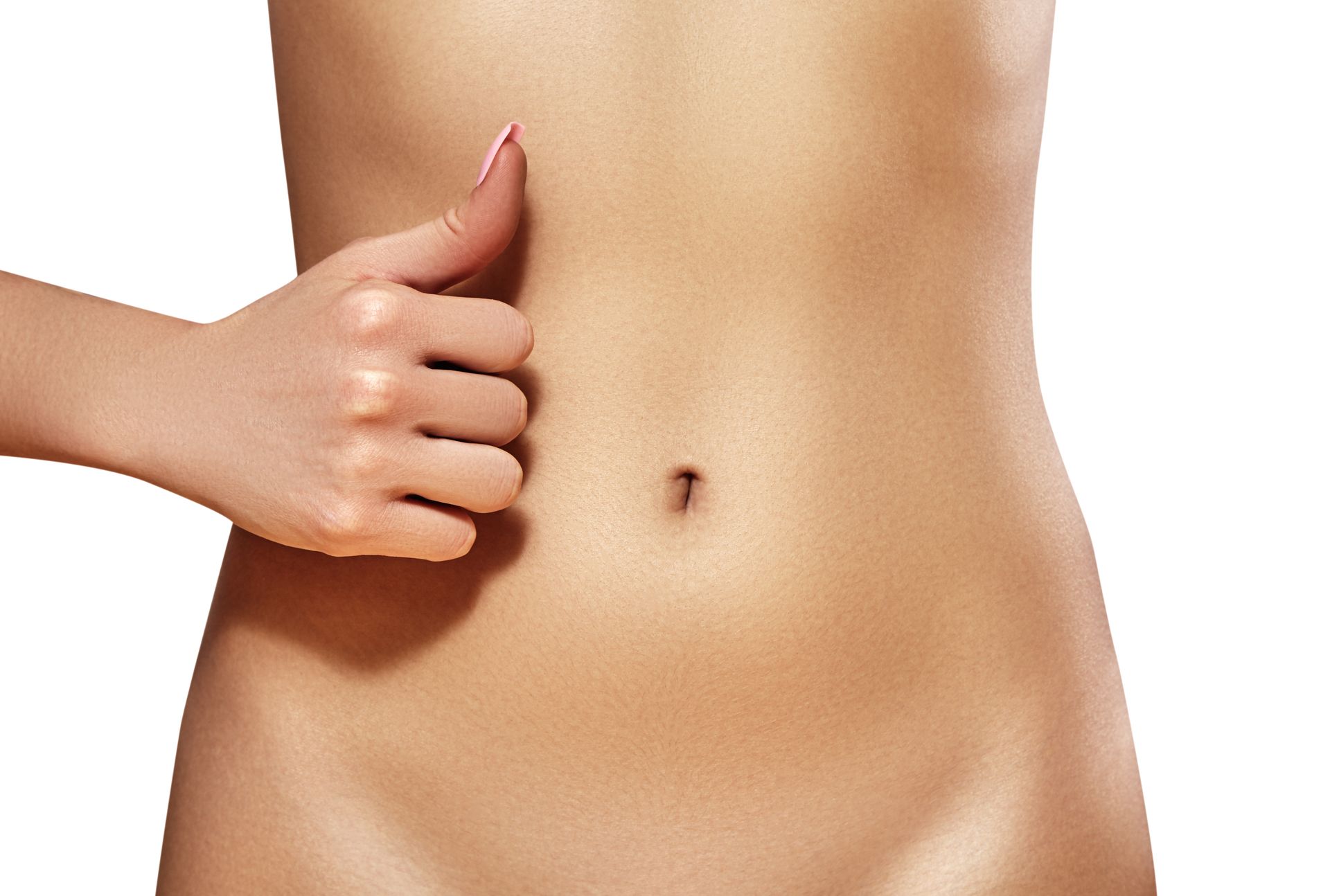
Photo Credit: Shutterstock
Transitioning to LED: Safety and Efficacy Combined
While lasers were the initial modality for LLLT, manufacturers, including industry leaders like Photonica® USA, recognized the potential of LED technology. LEDs, or Light Emitting Diodes, offer several advantages:
1. Safety: Unlike lasers that can cause burns or damage if misused, LEDs are inherently safer, reducing risks associated with treatment.
2. Power: Modern LED technology can deliver higher power outputs compared to traditional lasers, ensuring more effective treatment sessions.
3. Versatility: LEDs can be tuned to specific wavelengths, allowing practitioners to target various therapeutic applications efficiently.
Kansas City Laser-Like Lipo® has enthusiastically embraced LED technology, ensuring its clients receive top-tier treatments rooted in safety and effectiveness.
Beyond Fat Loss: The Multifaceted Applications of LLLT
While non-invasive fat loss remains a flagship application of LLLT, its benefits extend to several other therapeutic areas:
1. Chronic Pain and Inflammation: LLLT has demonstrated success in reducing chronic pain and inflammation, offering a non-pharmaceutical approach to pain management. In fact, the Max Miracle™ 9600 Bed used by Kansas City Laser-Like Lipo® is used at Logan Chiropractic College in St. Louis to help patients with pain and inflammation.
2. Cellulite Reduction: By promoting collagen production and improving blood circulation, LLLT treatments can help visibly reduce the appearance of cellulite.
3. Skin Tightening: As LLLT boosts collagen and elastin production, it can help tighten lax skin, making it a non-surgical option for skin tightening procedures.
4. Fine Lines and Wrinkles: LLLT's ability to promote collagen helps aid in reducing the visibility of fine lines and wrinkles, offering a youthful appearance.
5. Acne and Psoriasis Treatment: The anti-inflammatory properties of LLLT can help with skin conditions such as acne and psoriasis.
In all these applications, businesses like Kansas City Laser-Like Lipo® are demonstrating how science and technology come together for holistic wellness solutions.
Conclusion
The journey of low-level laser therapy, from its accidental discovery to its multifaceted applications today, is nothing short of remarkable. With establishments like Kansas City Laser-Like Lipo® pushing the boundaries of what's possible with LLLT, clients can look forward to treatments that are grounded in solid scientific evidence, ensuring both safety and results.
As LED technology continues to redefine the landscape of LLLT, it's an exciting era for both practitioners and clients alike. The promise of non-invasive, effective treatments across various therapeutic areas makes LLLT a shining beacon in the realm of modern wellness solutions.
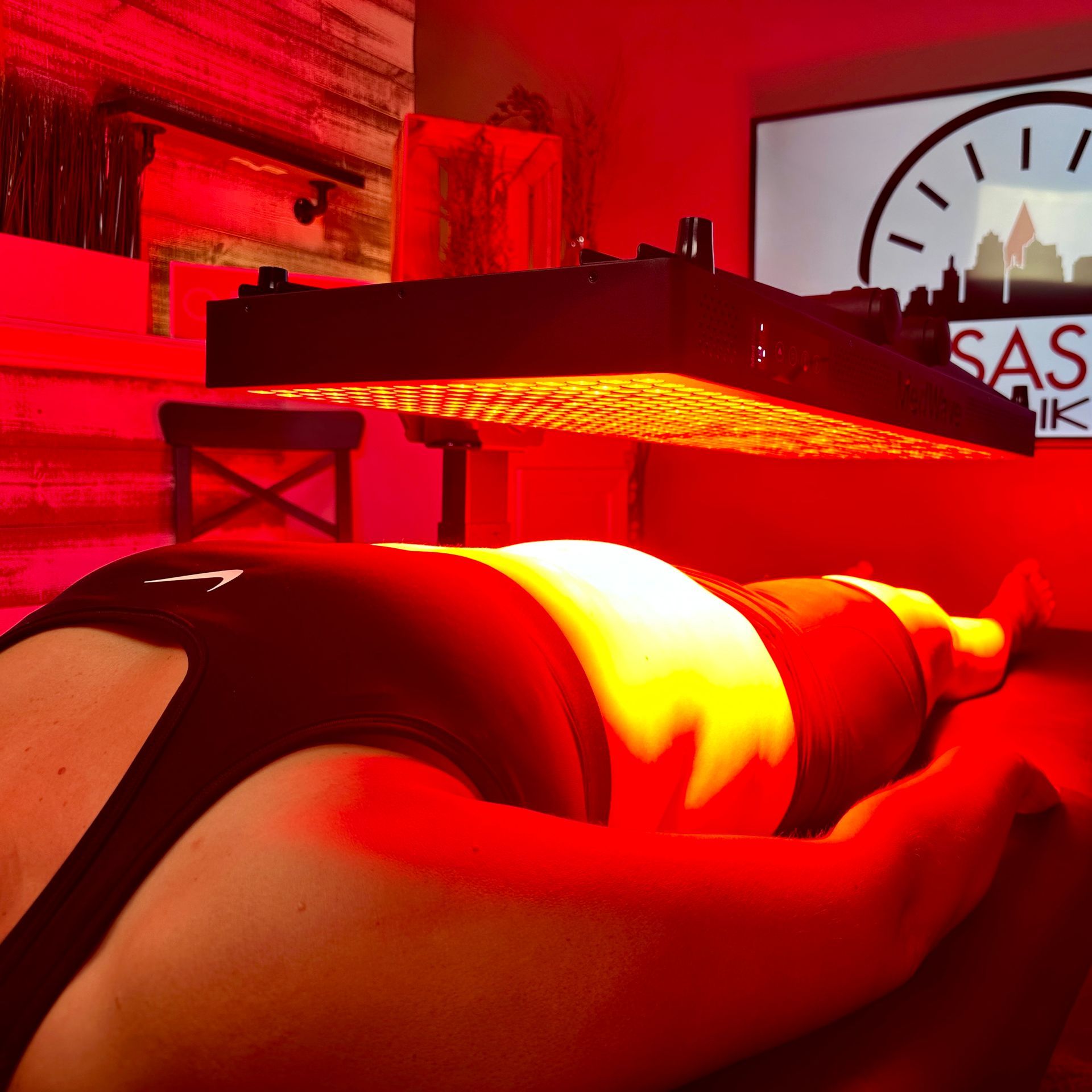
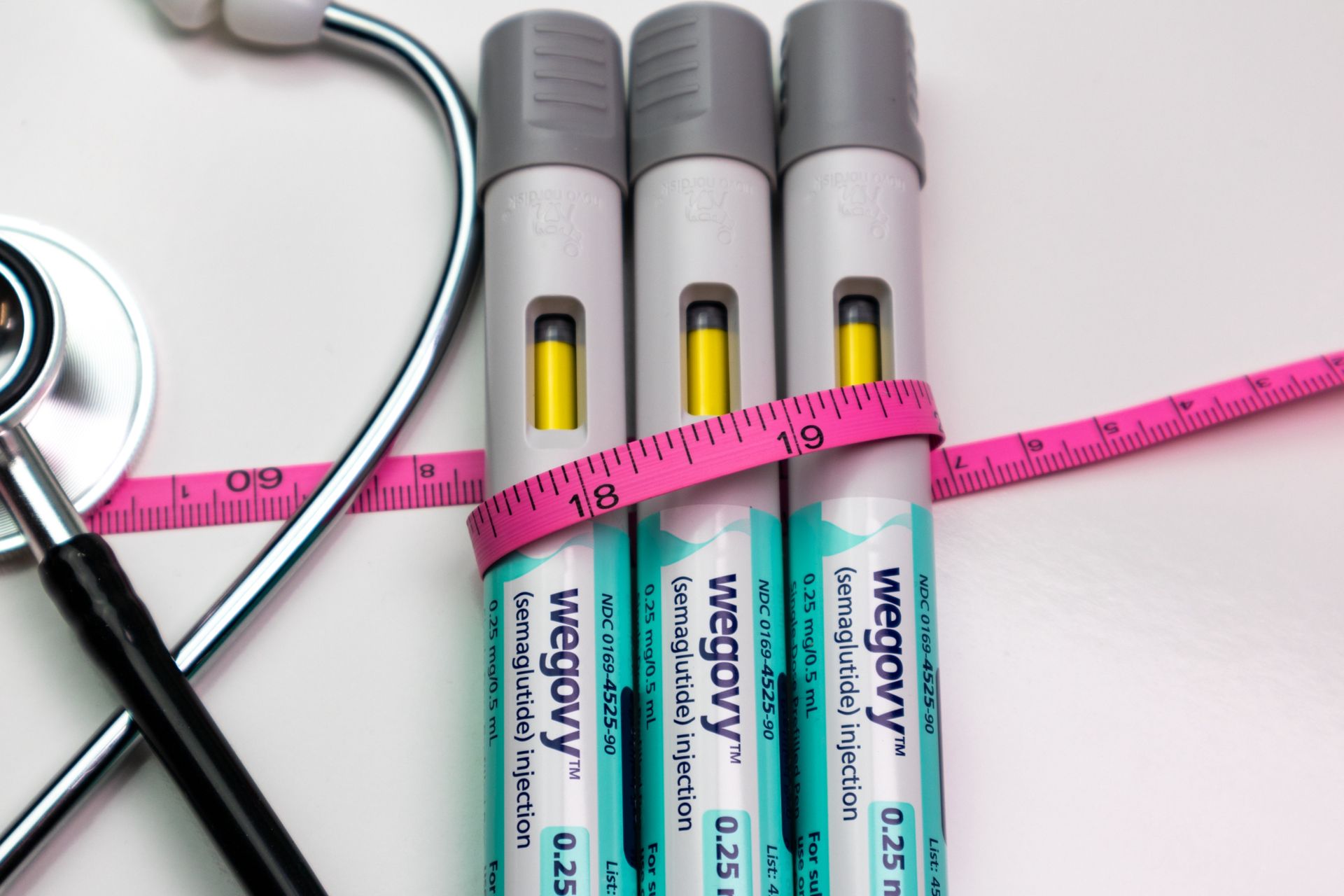


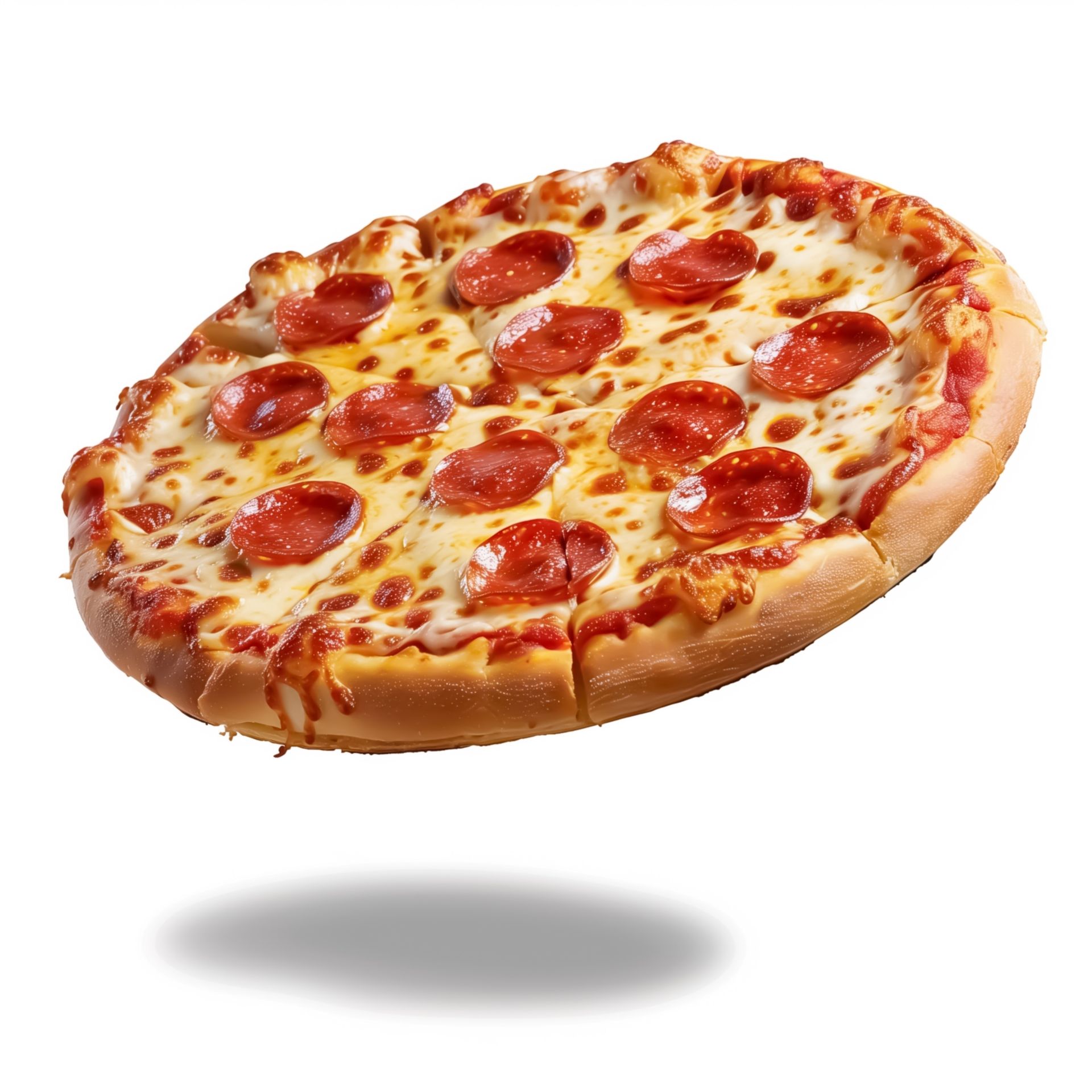
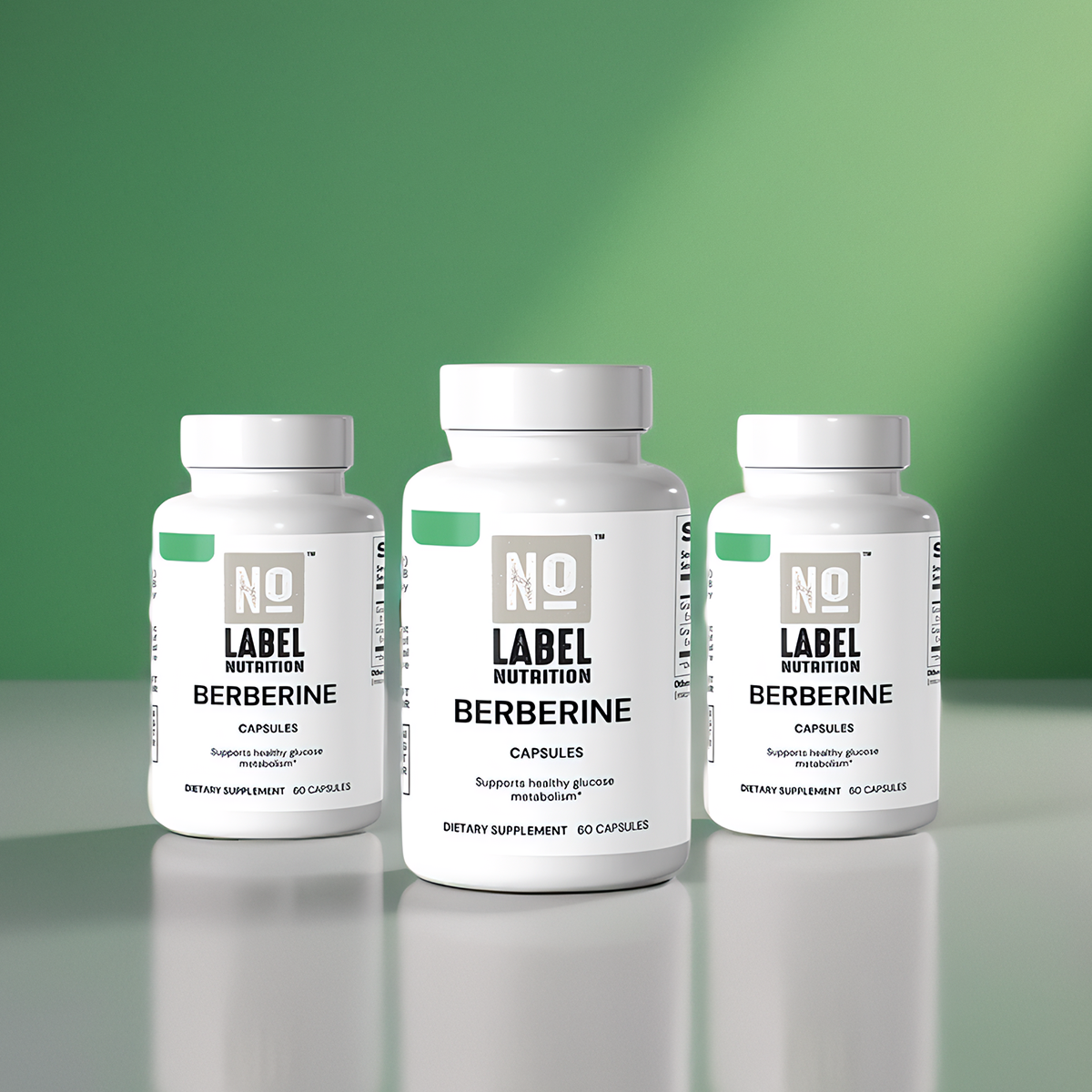

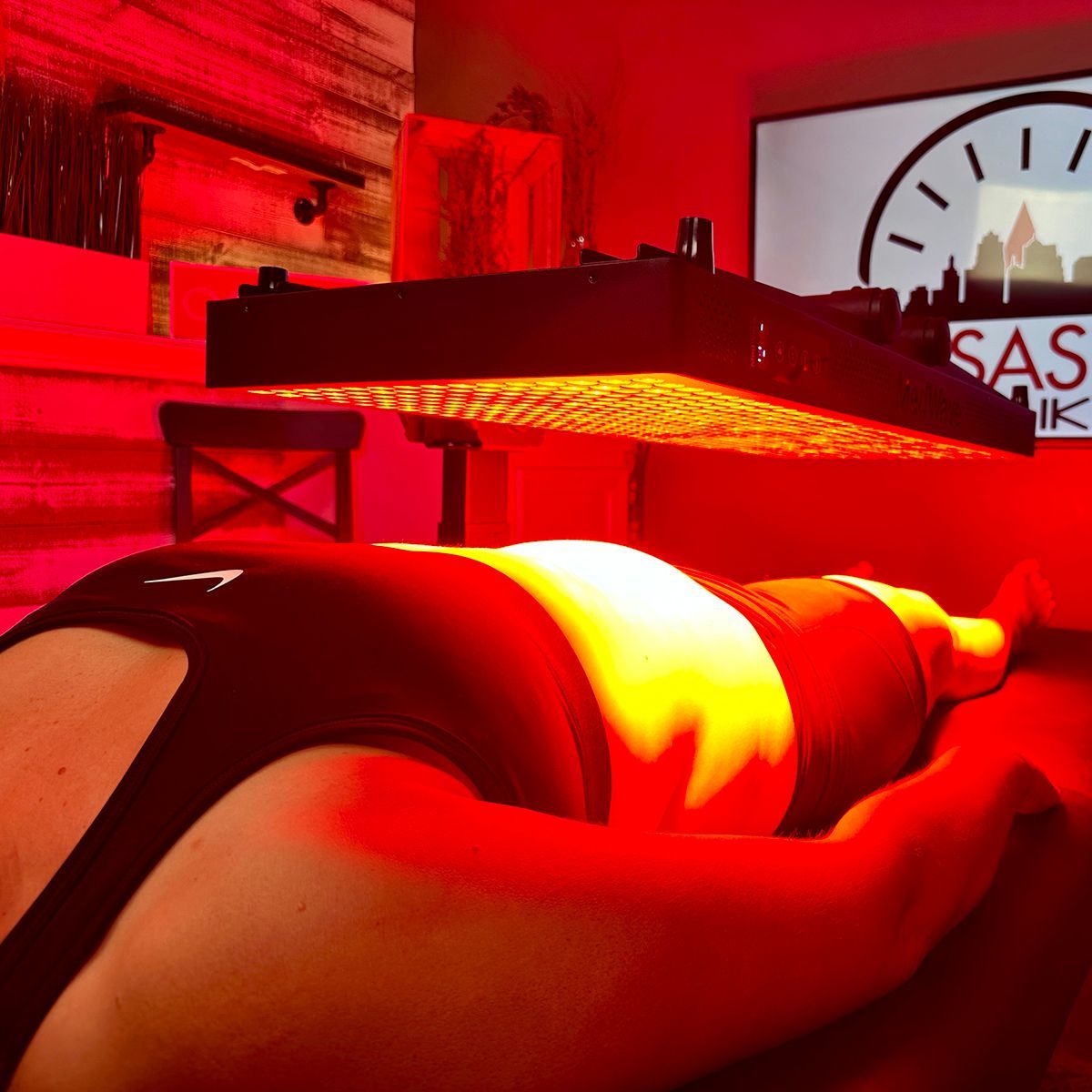

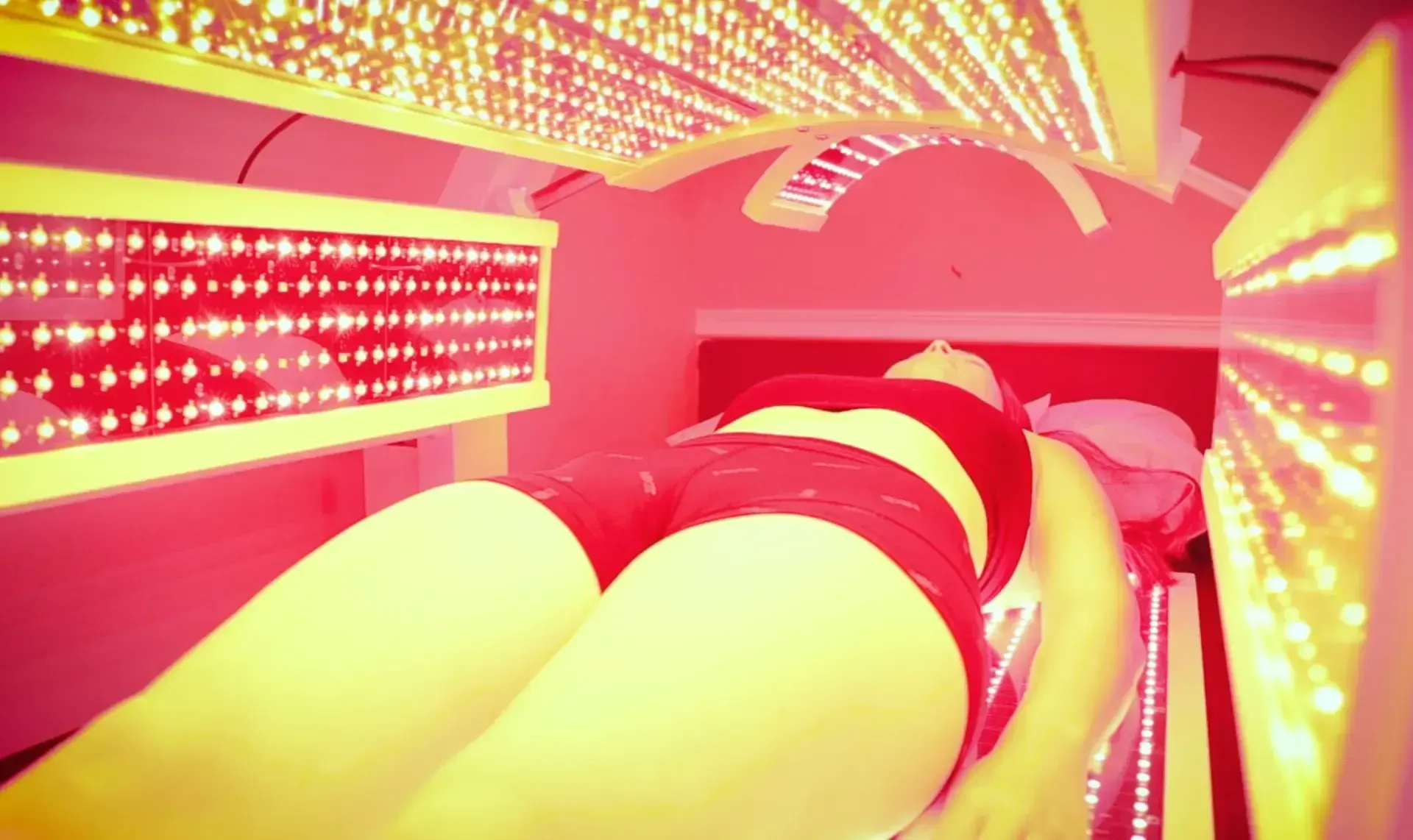
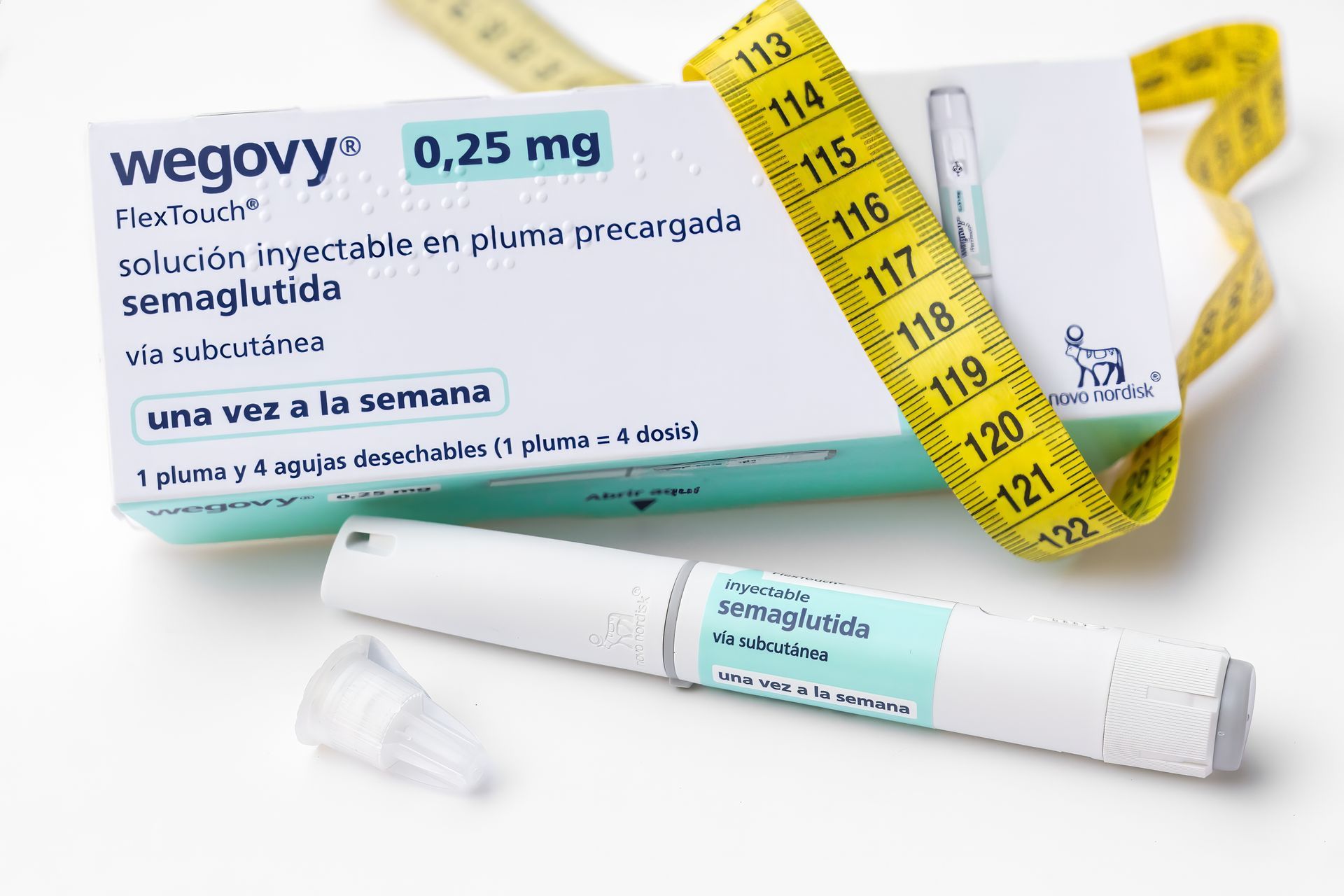
Share On: